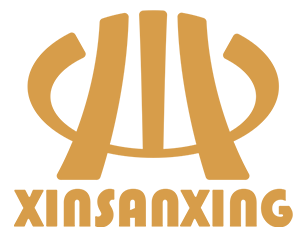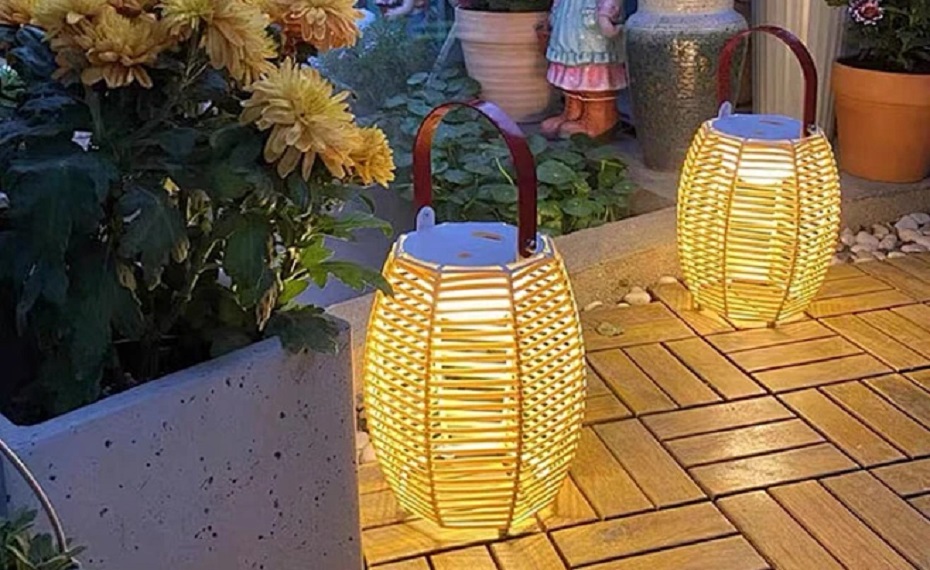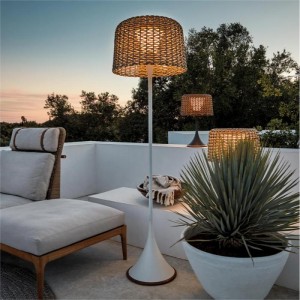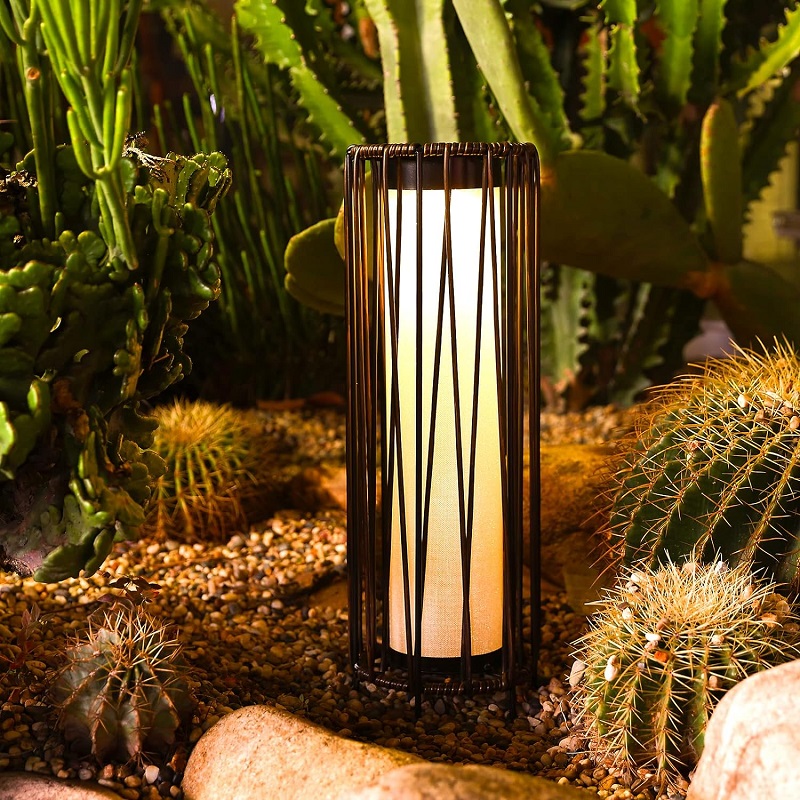With the advancement of technology and the increasing demand for environmental protection and beauty, more and more traditional handicrafts are regaining vitality, especially weaving. Traditional weaving is loved by people because of its warm feel and soft visual effect, but how to combine this traditional beauty with modern technology to create more practical and emotional works? Especially in the process of making outdoor solar lanterns, combining weaving technology and solar technology not only increases the uniqueness of the product, but also brings a win-win effect of beauty and functionality.
Next, we will talk about how to combine traditional weaving technology with modern technology through a few simple and easy-to-understand steps to make the product both warm and innovative.
1. Why combine traditional weaving crafts with modern technology?
Traditional weaving crafts are a cultural symbol full of warmth and memory. The craftsmanship formed over thousands of years has condensed the artistic expressions of different regions and nationalities. Modern technology, such as solar power generation, intelligent control and LED lamps, has brought convenience and environmental protection to life.
The combination of the two not only gives new vitality to traditional crafts, but also makes modern technology no longer cold. When making solar lanterns, the woven shell can make the light softer and emit a unique texture beauty, attracting people to stop and watch at night.
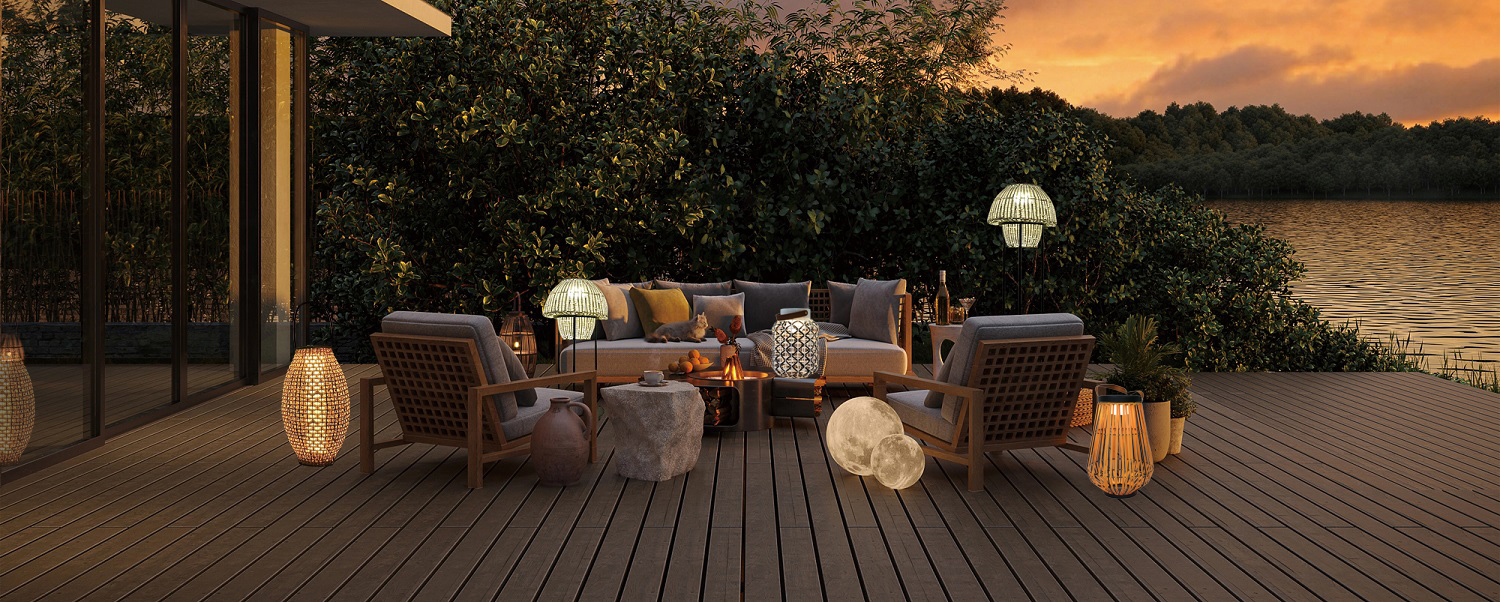
2. How to choose modern technology suitable for weaving?
The combination of traditional weaving skills and appropriate modern technology will not only not lose beauty and abruptness, but also give more practicality. The following technological means are very suitable for integration into weaving technology:
Solar panels: As the power source of lanterns, they are not only environmentally friendly, but also solve wiring problems and are convenient for outdoor use.
LED lighting: LED lamps are small, energy-saving and bright, which are very suitable for matching with woven lampshades to make the light softer.
Intelligent control chip: The intelligent light control chip can realize automatic switching, improve user experience, and save electricity and protect the environment.
3. Material selection: the integration of traditional woven materials and technological components
The most important thing about woven lanterns is the material of the shell, which not only affects the overall appearance, but also determines its durability. Among the traditional materials, we can choose:
Bamboo and rattan: Traditional bamboo and rattan weaving techniques have good flexibility, which is very suitable for making lantern frames. They are also weather-resistant and waterproof.
Ropes: Cotton ropes, hemp ropes or nylon ropes have fine textures, and can make the lights present different effects through changes in density.
These materials can be perfectly matched with technological components. We have actually verified their feasibility and the products we created are favored by many customers.
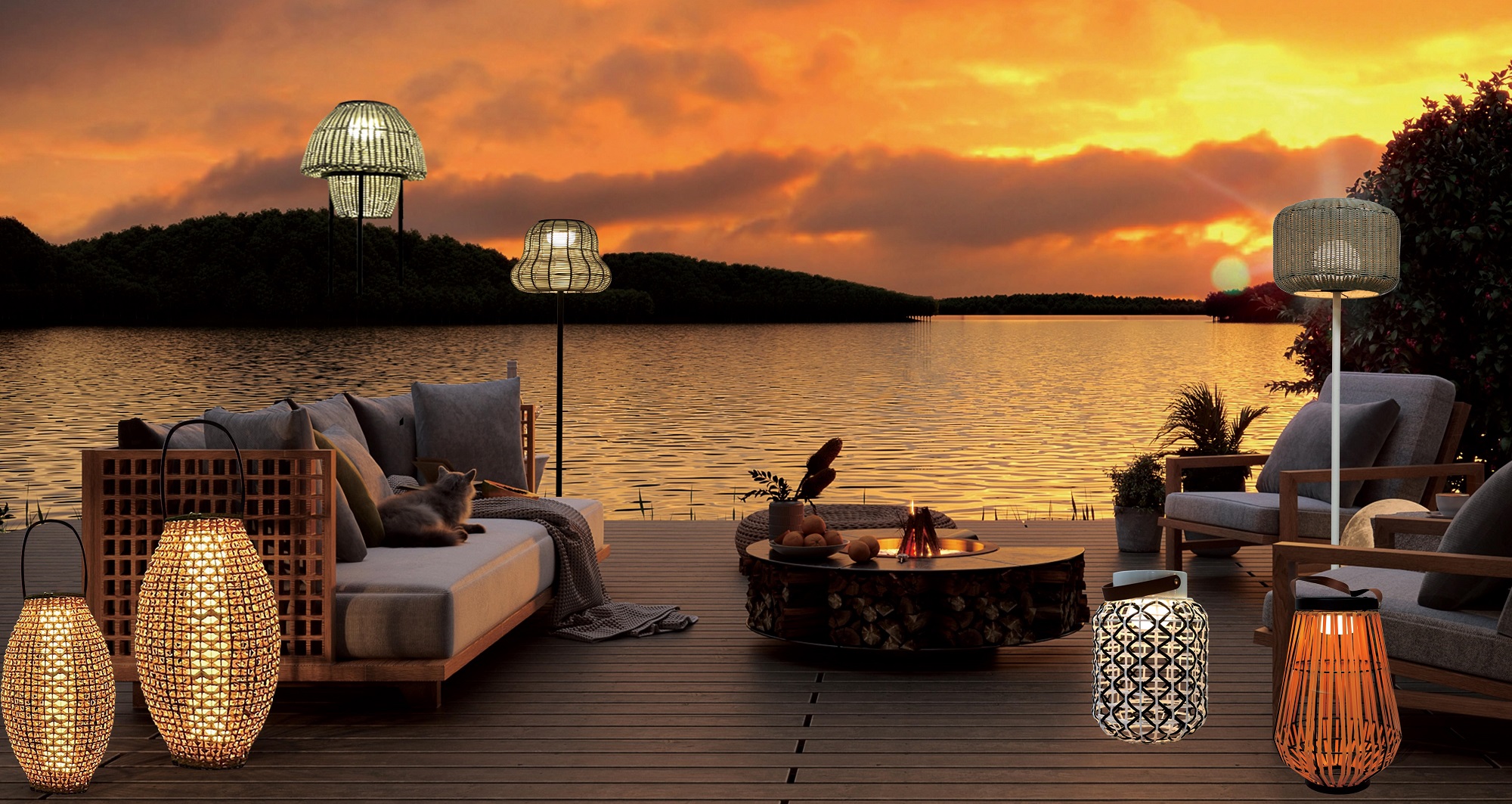
4. Production steps: How to integrate traditional weaving techniques into solar lantern production
4.1 Design and Planning
Before we start making, we need to determine the style and size of the lantern. Considering the light transmittance of the woven lampshade and the placement of the solar panel, the following classic shapes can be selected when designing:
Round lantern: suitable for hanging in the courtyard, simple weaving and uniform light.
Square lantern: suitable for ground placement, relatively stable, and easy to place solar panels.
4.2 Making woven lampshades
When weaving lampshades, it is recommended to first weave the frame with thinner bamboo strips or rattan, and then weave the mesh with thinner materials. Commonly used weaving methods include "diamond weaving" and "double cross weaving". You can choose to weave patterns with different densities to form a richer light and shadow effect.
If you want the lantern to be more diverse, you can also wrap the light strip around the frame to complement the traditional handicraft with modern lighting effects.
4.3 Install solar panels
Solar panels include solar panels, rechargeable batteries and control chips. This step requires installing the solar panel on the top of the lantern to ensure that it can fully receive sunlight during the day. To make the lantern smarter, add a light-sensing control chip so that it can automatically light up when it gets dark, which is both energy-saving and convenient.
4.4 Install LED light source
Install the LED light on the inside of the lantern and fix it with appropriate hot melt glue to ensure that it does not affect the aesthetic effect of the woven texture. The pores in the woven shell allow the light to be softly diffused, which is neither dazzling nor can it produce beautiful shadow projection.
4.5 Assembly and debugging
Finally, assemble the various parts of the lantern and ensure that the connection between the solar panel, control chip and LED light is stable. You can test the effect of the lantern in a dark environment to ensure that it can light up automatically and the light is evenly scattered.
5. Advantages of combining traditional weaving craftsmanship with modern technology
Beautiful and functional: Traditional weaving craftsmanship makes the lamps more artistic, while modern technology brings intelligent and environmentally friendly use experience.
Environmental protection and energy saving: Solar panels not only save energy, but also reduce electricity costs, which is in line with the current green living concept.
Improve user experience: The automatic light control function makes the lamps more convenient and suitable for long-term outdoor use.
Diverse choices: Different styles of weaving textures can achieve a variety of light and shadow effects to meet the aesthetic needs of different users.
If You Are in Business, You May Like
Successful cases:
In the market, some brands have successfully combined traditional weaving and solar lanterns, which have won praise from users. For example, the outdoor lighting brand XINSANXING is famous for its rattan lanterns. The lampshade is made of traditional handmade rattan, and the light source is modern solar energy and LED components. This design makes the lamp more artistic, not only meeting the needs of outdoor lighting, but also popular because of the light and shadow cast by the woven texture at night.
This combination of tradition and technology not only improves the beauty and functionality of the product, but also spreads the culture of traditional handicrafts, allowing more people to understand and love this craft.
4.2 Continuous promotion of environmental protection and energy saving
With the global attention to sustainable development, the lighting industry will continue to develop in the direction of environmental protection and energy saving. In the future, customized outdoor lighting products will use more clean energy such as solar energy and wind energy, as well as more efficient LED technology, to provide users with more energy-saving and environmentally friendly lighting options.
Customized outdoor lighting can not only meet diverse design needs, but also achieve energy-saving and durable effects through intelligent control and environmentally friendly materials. Whether it is a residential project or a commercial venue, customized lamps can add personality and beauty to the outdoor space and become an indispensable part of modern lighting design.
6. What common problems of solar woven lanterns have we solved?
Solar panels need direct sunlight, so we choose a more transparent woven material and place the solar panel directly on the top of the lantern without being blocked.
We spray a waterproof coating on the outside of the woven lampshade, or choose materials with good waterproof performance, such as PE rattan or special waterproof ropes.
The structure of our solar lantern is detachable and the battery can be replaced. The design takes the service life into consideration, so we all use more durable lithium batteries to greatly reduce the frequency of replacement.
We use high-quality bamboo or rattan for weaving, which can usually last for a long time outdoors. At the same time, spray preservatives after weaving to extend the service life.
Combining traditional weaving crafts with modern technology is not only to make a lamp, but also to inherit and innovate a culture. With the increasing awareness of environmental protection and the popularization of intelligent life, this combination will undoubtedly become more and more popular.
Through this project, we can truly feel that traditional crafts are not just a craft, but a dialogue between us and past culture; and modern technology is our tool to continue this dialogue into the future.
XINSANXING always believes in the charm of combining tradition and modernity, and constantly explores more creative and practical products!
Post time: Nov-06-2024
